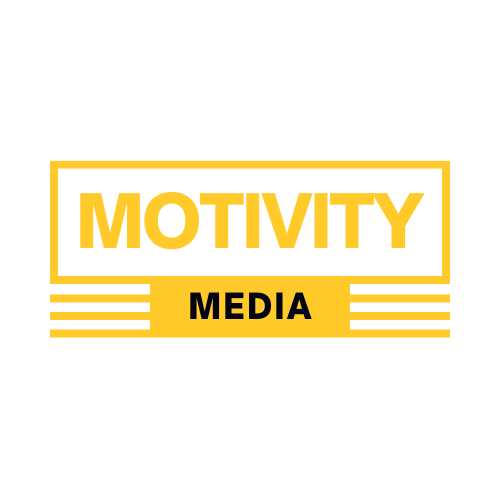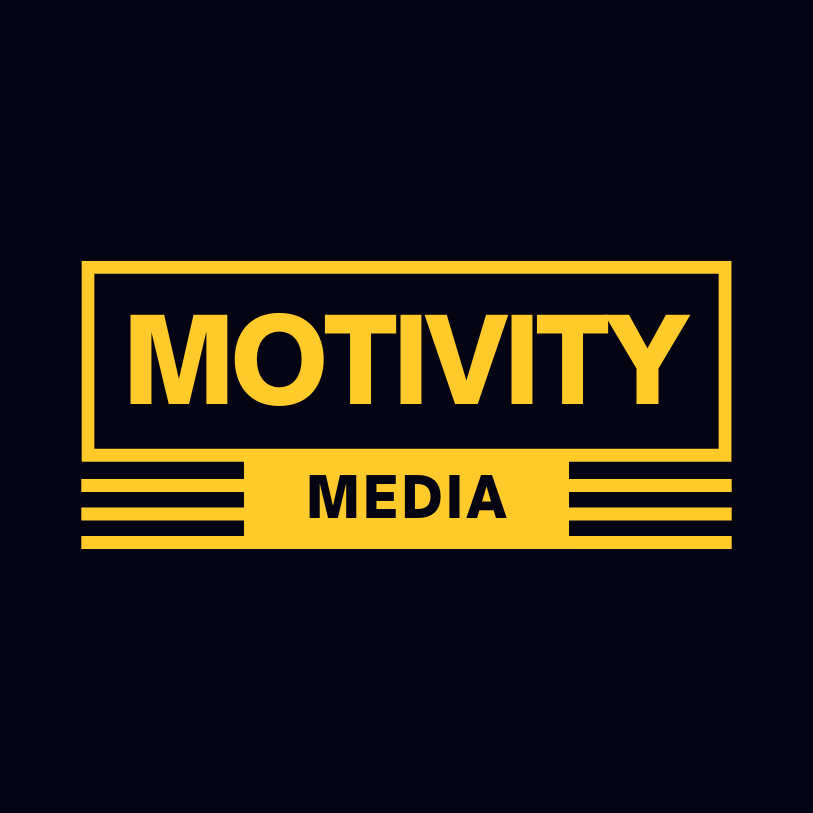Does your org chart fit your strategy?
The corporate landscape is shifting like sands beneath our feet. Agile startups disrupt established players, innovation cycles shrink, and global connectivity redefines markets. Yet, amidst this whirlwind, many organizations cling to fossilized structures, ill-equipped for the demands of the modern environment. This disconnect between strategy and structure can be fatal, hindering adaptability, stifling collaboration, and ultimately undermining competitiveness.
The misalignment between organizational strategies and structures manifests in several ways. Traditional hierarchical structures, designed for stability and control, often hamper the cross-functional collaboration and rapid decision-making essential for navigating today's dynamic markets. Silos arise, information bottlenecks, and innovation struggles to find fertile ground amidst entrenched bureaucracies (Mintzberg, 1979).
Even attempts at modernization can fall short. Lauded for their flexibility, matrix structures can devolve into power struggles and conflicting priorities, with employees caught in a crossfire of competing demands (Davis, 2003). Flattening hierarchies may empower lower levels, but inadequate communication and accountability structures can lead to chaos and confusion (Hamel, 2007).
This organizational inertia has various contributing factors. Fear of disruption, resistance to change, and sunk costs in existing structures can incentivize leaders and board members to reject the necessary structural changes (Kotter, 1995). Additionally, leaders may simply lack the understanding or tools to design structures agile enough for the present and future competitive landscape.
The consequences of this misalignment are serious and long-lasting. In an era where speed and agility are paramount, organizations burdened by outdated structures fall behind. They miss market opportunities, fail to adapt to changing customer needs, and struggle to attract and retain top talent accustomed to flexible and collaborative work environments.
So, how can organizations bridge this gap and build structures that support – not hinder – their modern strategies? Several key recommendations emerge from the research:
Embrace a strategic lens: Align structure design with clear and dynamic strategic goals. Regularly assess whether the structure facilitates or impedes the pursuit of these goals.
Empower teams: Deconstruct rigid hierarchies and build cross-functional teams accountable for specific outcomes. Provide these teams with autonomy and decision-making authority to act swiftly and nimbly.
Foster collaboration: Cultivate a culture of open communication and information sharing across all levels and departments. Invest in tools and practices that facilitate seamless collaboration.
Embrace experimentation: Pilot new structures in specific areas and learn from the results. Encourage continuous improvement and adaptation based on real-time feedback.
Invest in leadership: Equip leaders with the skills and knowledge to design and implement agile structures. This includes understanding systems thinking, complexity theory, and change management.
By taking these steps, organizations can shed the weight of outdated structures and build agile, collaborative environments that thrive in the ever-changing landscape of the modern world. Throughout the Bible, we read of times when leaders provided an organizing influence to people (“the flock”), and in each instance, the organizing was done around a purpose. Purpose should always be the driver when fashioning how we call upon people to fulfill roles and work. The effort is futile when we allow the “flock” to remain in old structures without connecting to the purpose we seek to accomplish through evolving strategies. Decide on what you want to accomplish, then organize the people for the work.
References:
Davis, S. R. (2003). Matrix organizations: Can the model be made to work? Organizational Dynamics, 32(3), 202-212.
Hamel, G. (2007). The future of management: New rules for a new world. John Wiley & Sons.
Kotter, J. P. (1995). Leading change. Harvard Business Review Press.
Mintzberg, H. (1979). The structuring of organizations. Routledge.

